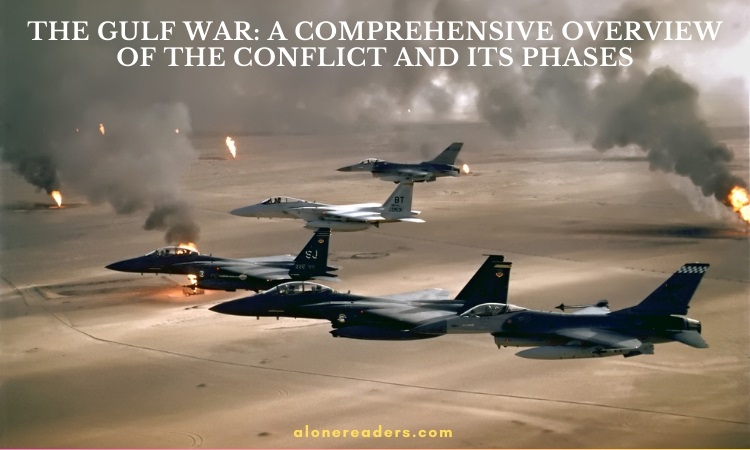
The Gulf War, a significant conflict in the late 20th century, was characterized by the confrontation between Iraq and a coalition of 42 countries led by the United States. This war was remarkable for its two distinct phases: Operation Desert Shield and Operation Desert Storm, which collectively spanned from August 1990 to February 1991.
Invasion of Kuwait
On 2 August 1990, under the dictatorship of Saddam Hussein, Iraq launched an aggressive invasion of Kuwait. This swift military action resulted in the complete occupation of Kuwait within a mere two days. The Iraqi regime initially established a puppet government, known as the "Republic of Kuwait," before annexing Kuwaiti territory into two distinct regions: the "Saddamiyat al-Mitla' District" and the "Kuwait Governorate."
Economic Tensions and Iraqi Motives
The roots of the conflict can be traced back to economic strains between Iraq and Kuwait. Iraq, emerging from its prolonged war with Iran, was indebted to Kuwait for approximately US$14 billion. Simultaneously, Kuwait's elevated oil production, often exceeding OPEC's mandated quota, contributed to suppressed oil prices, further straining Iraq's economy. This situation was perceived by Iraq as a direct economic assault, setting the stage for the subsequent invasion.
UNSC Resolutions and Sanctions
The invasion was met with immediate and widespread international condemnation. The United Nations Security Council (UNSC) passed Resolution 660, demanding Iraq's withdrawal from Kuwait and followed with economic sanctions under Resolution 661.
Formation of the Coalition
Prompted by leaders such as British Prime Minister Margaret Thatcher and U.S. President George H. W. Bush, a diverse array of countries rallied to form a coalition. This alliance, predominantly funded by Saudi Arabia and the Kuwaiti government-in-exile, became the largest military coalition since World War II.
Operation Desert Shield
The initial phase, Operation Desert Shield (August 1990 - January 1991), focused on the military buildup and preparation for potential combat operations.
Read more about 'Operation Desert Shield'
Operation Desert Storm
Marking a shift to offensive tactics, Operation Desert Storm commenced on 17 January 1991 with a massive aerial bombardment campaign against Iraq. This phase of the conflict is notable for its advanced military technology and strategic air campaigns.
Read more about 'Operation Desert Strom'
Ground Offensive and Liberation of Kuwait
Following a successful aerial campaign, coalition forces launched a major ground assault on 24 February 1991. This offensive resulted in the swift liberation of Kuwait and significant advancements into Iraqi territory.
Military Innovations and Broadcasting
The Gulf War is recognized for its pioneering use of live news broadcasts from the front lines, notably by CNN. The conflict also gained the moniker "Video Game War" due to the televised images from cameras on American bombers.
Significant Battles and Military Tactics
This conflict witnessed some of the largest tank battles in U.S. military history, showcasing advanced tactics and technology in modern warfare.
The Gulf War, while relatively brief, had profound implications on international relations, military strategy, and media coverage of conflicts. It stands as a significant event in the history of the 20th century, reshaping the geopolitical landscape of the Middle East.